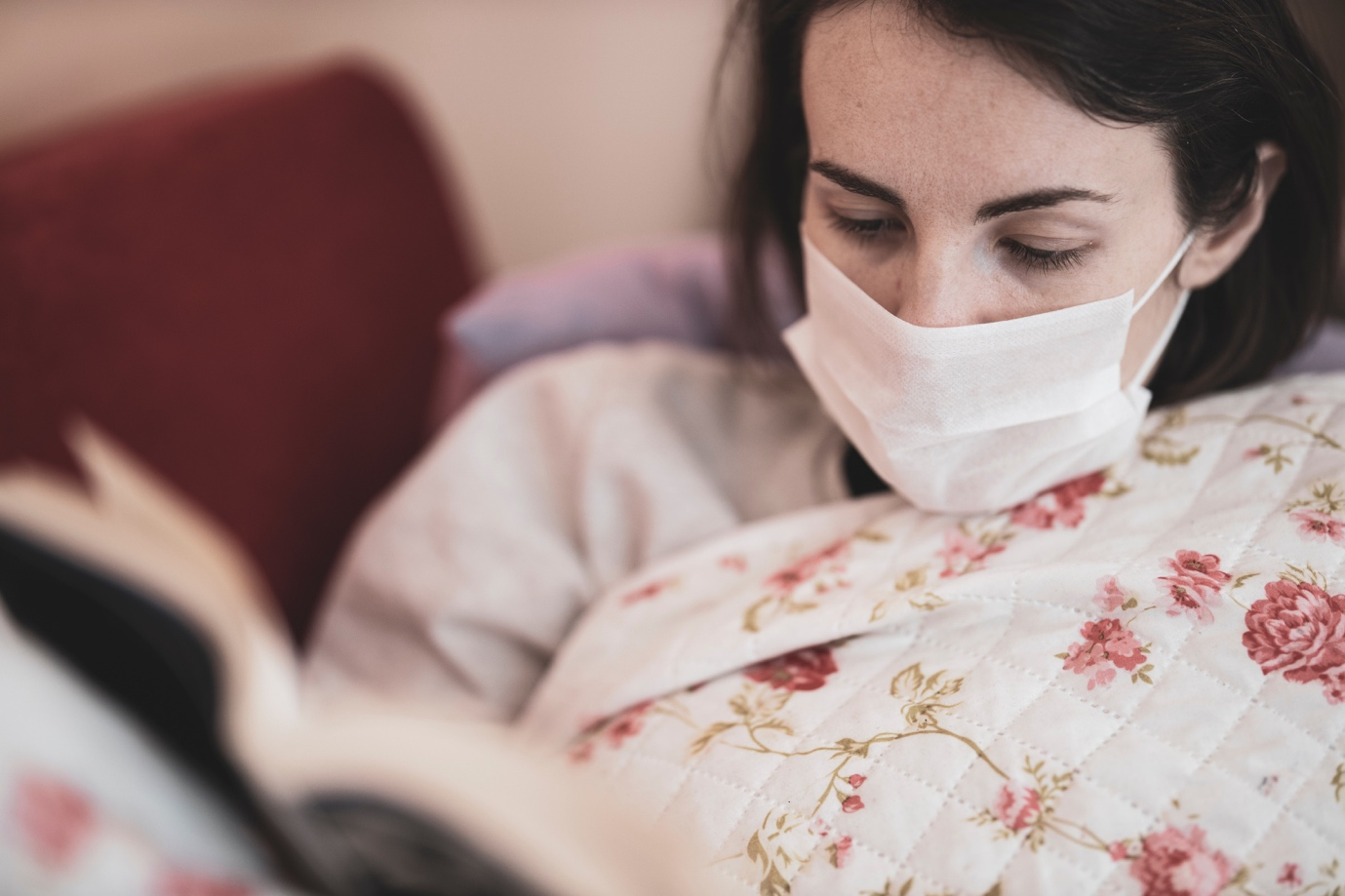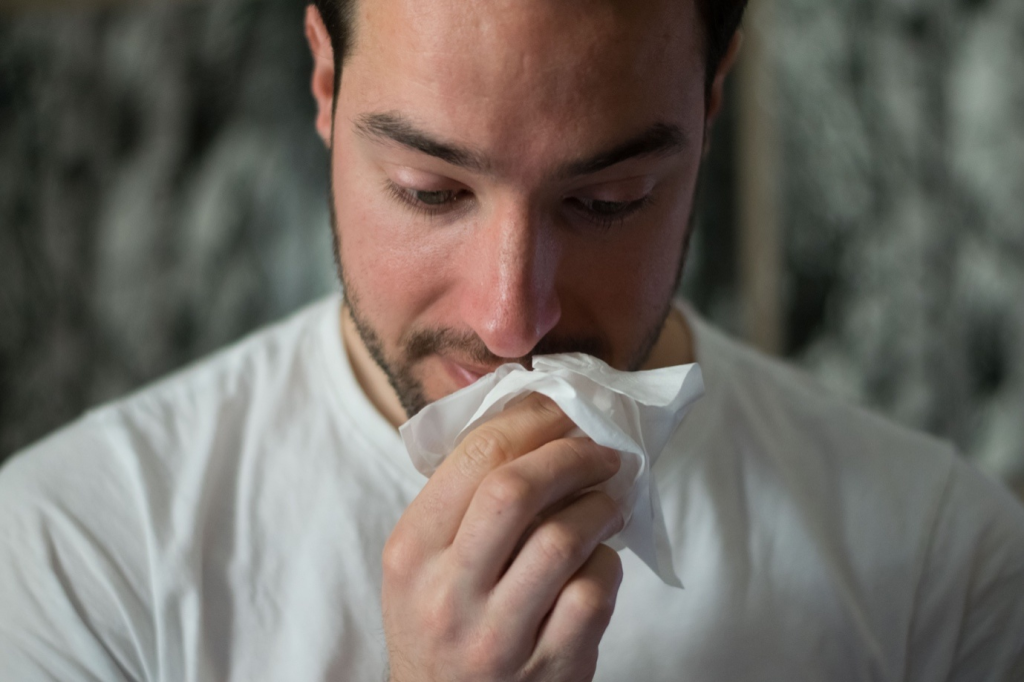An allergy is a reaction of your immune system to a foreign substance. The substance may not necessarily be harmful, like pollen, dander, or some food, but your immune system will make antibodies against it and attack it.
Seasonal allergies are a type of allergy that develops when the body reacts to something in the environment, most commonly pollen and dander. Let’s take a look at its symptoms, types, causes, and how to deal with them.
Types of Seasonal Allergies
Pollen Allergy
Often called hay fever, the pollen allergy occurs when your body reacts to the pollen in the air. Plants, in spring and summer, reproduce through pollen transfers. The pollen is lightweight and gets blown around in the air.
Dust Allergy
Dust allergy usually occurs in colder months when there’s excessive dust in the air. The body reacts to it and can cause allergic symptoms like runny nose, sneezing, or wheezing.
Mold Allergy
Mold grows in cold and damp environments, and constant exposure to it can cause allergic reactions, including fever, coughing, and sneezing.
Symptoms of Seasonal Allergies
The symptoms of seasonal allergies vary from person to person. Some people only have a mild reaction, while others can experience severe symptoms. The common symptoms are:
- Itchy eyes
- Sneezing
- Itchy sinuses
- Nasal congestion
- Runny nose
- Postnasal drainage
Some of the symptoms of extreme allergic reactions include:
- Fever
- Shortness of breath
- Wheezing
- Coughing
- Chest pain
Causes of Seasonal Allergies
Causes of seasonal allergies also vary from season to season. In spring and summer, the triggers usually are the trees and plants that make pollen. These include:
- Chestnut
- Alder
- Cedar
- Willow
- Rye grass
- Timothy grass
Some winter plants also produce pollen, but since there isn’t enough wind, these allergens remain dormant mostly. These plants include:
- Mugworts
- Sorrels
- Plantains
In the fall, however, other allergens come into play. These include dust mites, molds, and pet dander found indoors.
Dealing with Seasonal Allergies
In order to deal with a seasonal allergy or any other allergy, the first step is to identify your trigger and avoid it. Avoid going outside when the wind is heavy, and wear a mask if you have to. Change your clothes when you come back inside, and take a shower to remove any pollen from your body.
Maintain your HVAC system to eliminate dust and pet dander inside your house, especially in the bedroom and the living room. Get a dehumidifier to avoid breathing in dry air.
If you still experience allergic symptoms, you can consult a virtual doctor from the comfort of your home.
Our panel of online doctors at FastDocNowprovidesmedical consultation for multiple health problems, like seasonal allergies, sinus problems, colds and flu, and more. Furthermore, we also provide virtual medical consultations for erectile dysfunction and men’s sexual health. Get in touch with us now for more information about our services.


